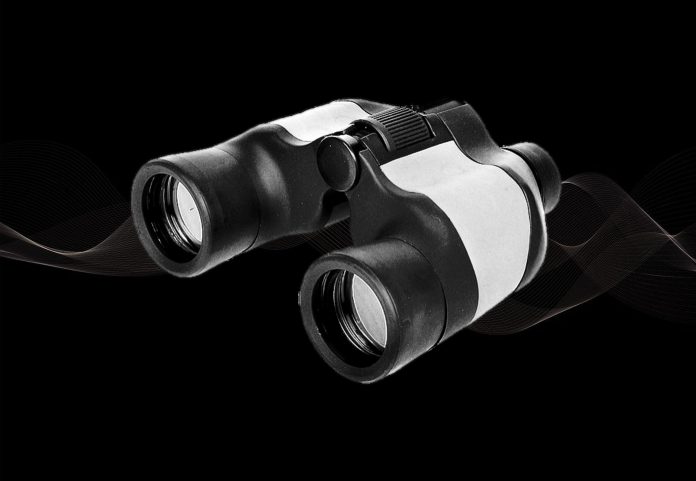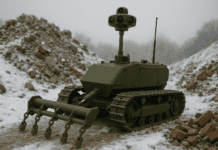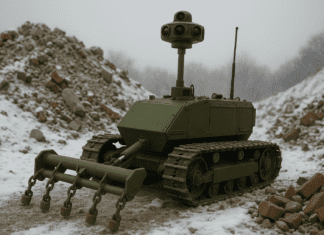This post is also available in:
 עברית (Hebrew)
עברית (Hebrew)
The new approach to night vision technology includes an ultra-light infrared filter that is thinner than cling wrap and can transform regular glasses into night-vision glasses. It was developed by researchers from the ARC Centre of Excellence for Transformative Meta-Optical Systems (TMOS).
While current night-vision devices used mostly by the military and by hunting enthusiasts are bulky and heavy, the new ultra-light night vision filters weigh less than a gram and still allow users to see the visible and infrared spectrum.
According to Interesting Engineering, current traditional night vision technology requires infrared photons to pass through a lens, where a photocathode transforms them into electrons. These electrons then pass through a phosphor screen and are reconverted back to photons that produce an intensely visible image that can be seen by the human eye. However, these elements all require cryogenic cooling to prevent thermal noise from being intensified, causing these high-quality night vision systems to be extremely bulky.
Traditional infrared and visible imaging systems are not equipped to produce identical images, but are rather used to capture images from each spectrum side by side. On the other hand, using a conversion technology imaging system can capture both the visible and non-visible in one image, which can then potentially be placed on regular eyewear to let the user see the infrared and visible light spectrum at the same time.
Rocio Camacho Morales, who wrote the paper about the innovation, said that “future research will include expanding the range of wavelengths the device is sensitive to, aiming to obtain broadband IR imaging, as well as exploring image processing, including edge detection.”
When it comes to possible applications, this innovation could be used for the surveillance, autonomous navigation, and biological imaging industries, among many others, according to Chief Investigator Dragomir Neshev. Neshev also explained that decreasing the size weight and power requirements of night vision technology is an example of how meta-optics, and the work TMOS is doing, is crucial to Industry 4.0 and the future extreme miniaturization of technology.


























